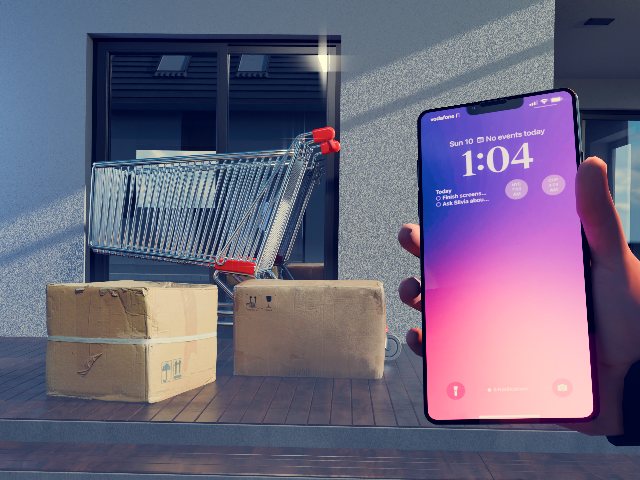By now, almost everyone is familiar with the infamous Grubhub ad with animated characters dancing to a catchy tune. Love it or hate it, the ad has nevertheless put Grubhub’s brand on everyone’s minds, keeping food delivery in the spotlight. According to PubMed Central, customer spending on food delivery increased significantly—70%—during the first COVID-19 wave in March 2020.
This dramatic shift was attributed to the emergence of online food distribution as a safer alternative to in-person shopping, reducing the risk of exposure to COVID-19. With the continued growth of delivery services such as DoorDash and UberEats, we’ve seen a fundamental shift not just in dining habits, but also in how we interact with food and one another.
Even today, this trend has continued to grow even more, but for a different reason: consumers are more accustomed to delivering groceries and meals through the simple click of a button rather than spending time cooking or going grocery shopping. This change is evident in the widespread expansion of what type of food we would order from delivery. Once limited to call-in pizza delivery, online food delivery has now evolved into restaurants collaborating with services such as Grubhub or DoorDash to deliver orders to our doorsteps.
In response, many restaurants have adjusted their business models by increasing their online presence. Some have even started to change their menus, removing items that don’t maintain their quality when delivered. Another interesting add-on has been the rise of “ghost kitchens,” facilities solely for businesses to prepare menu items for take-out and delivery.
Since online food distribution focuses on customer convenience, the increase in consumer spending on such services has definitely benefited those involved in the restaurant industry. Food delivery companies, acting as intermediaries, charge a premium, allowing them to create more employment opportunities for drivers.
However, questions of food quality and safety concerns remain. Horror stories emerge online of accounts where delivery workers tamper with the food––spitting in the food or even eating some of the food––especially if they receive a minimal tip or even no tip online. Interestingly, drivers have the flexibility to accept or decline orders based on the tips they see, yet many still choose to take on low-tip deliveries. To address these concerns, the optimal solution would be for restaurant workers to seal delivery bags before handing them off to drivers, ensuring the food remains untampered until it reaches the customer.
While food delivery offers unmatched convenience, it also changes the nature of social interactions, potentially downplaying the cherished experience of eating out with friends and family. The convenience of having food brought to your door may forever change the way we experience dining, shifting it from a communal, in-person activity to a solitary, transactional one.






































































